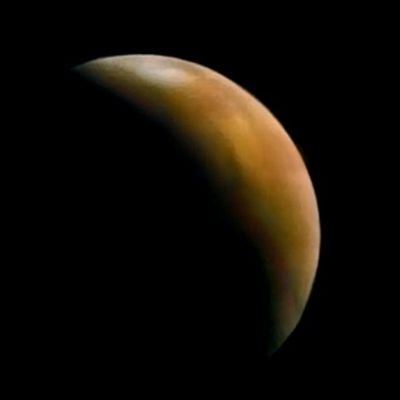
@tedstryk
Interplanetary Dumpster Diver. Images I tweet are Copyright Ted Stryk (processed or taken by me) unless otherwise noted.

@tedstryk
Interplanetary Dumpster Diver. Images I tweet are Copyright Ted Stryk (processed or taken by me) unless otherwise noted.